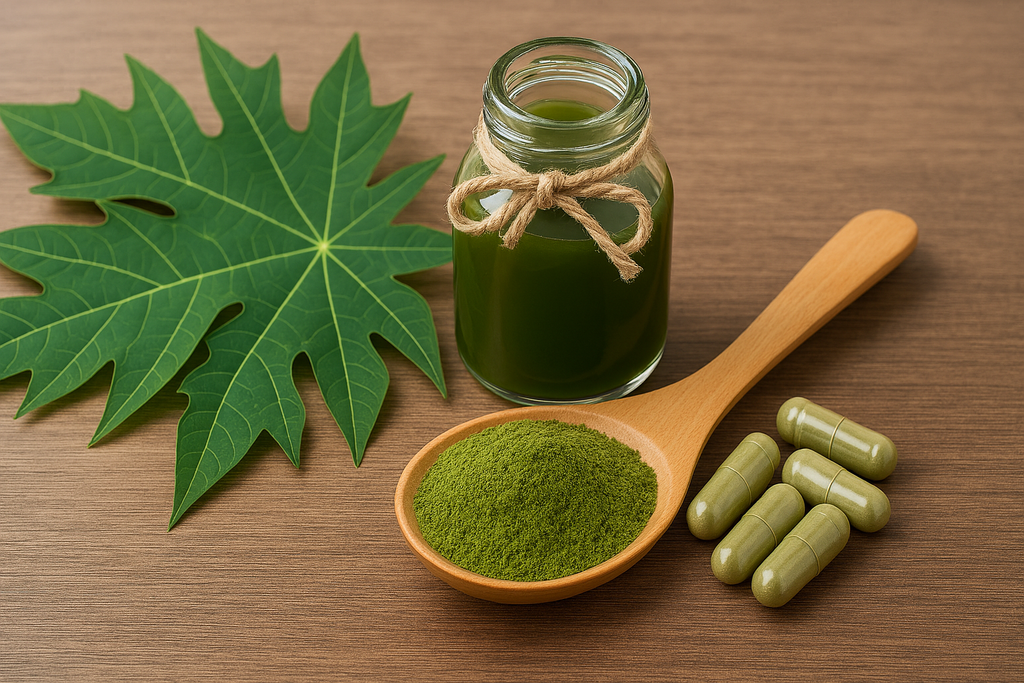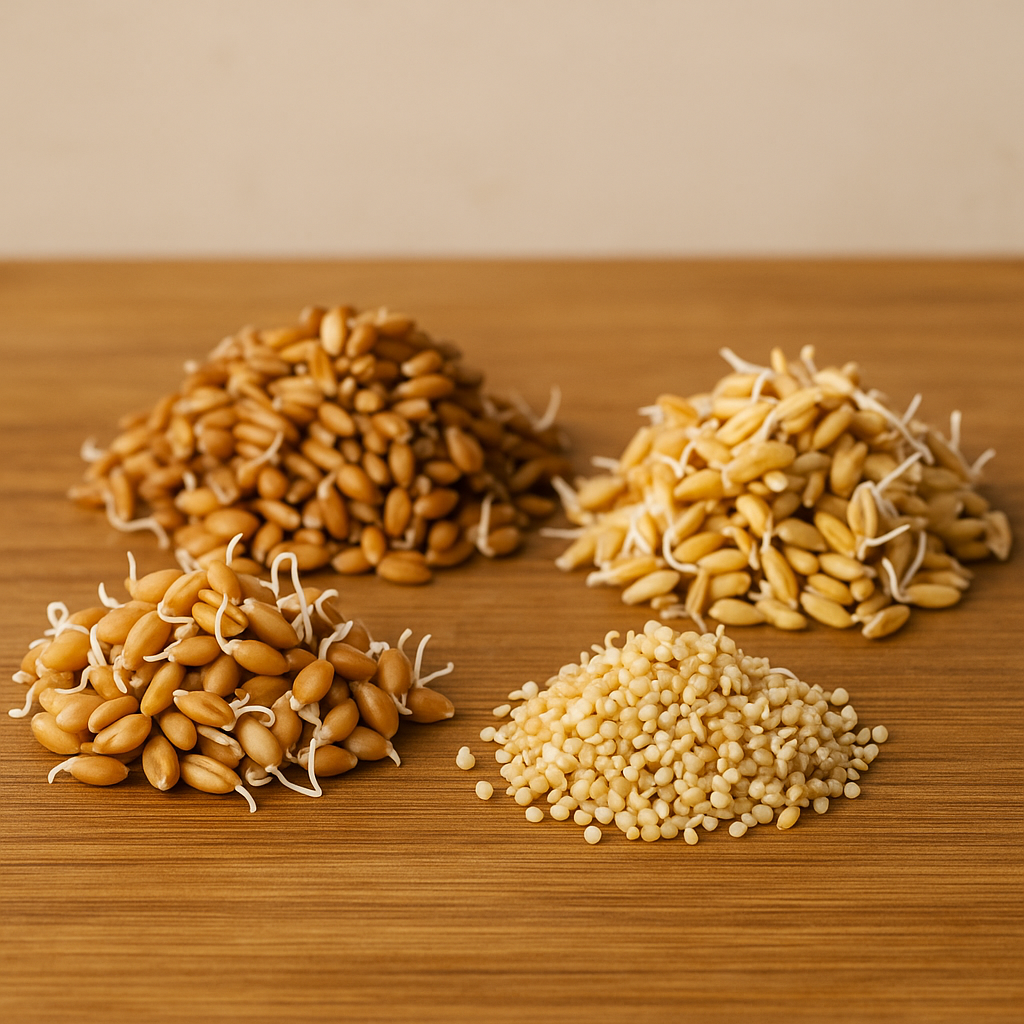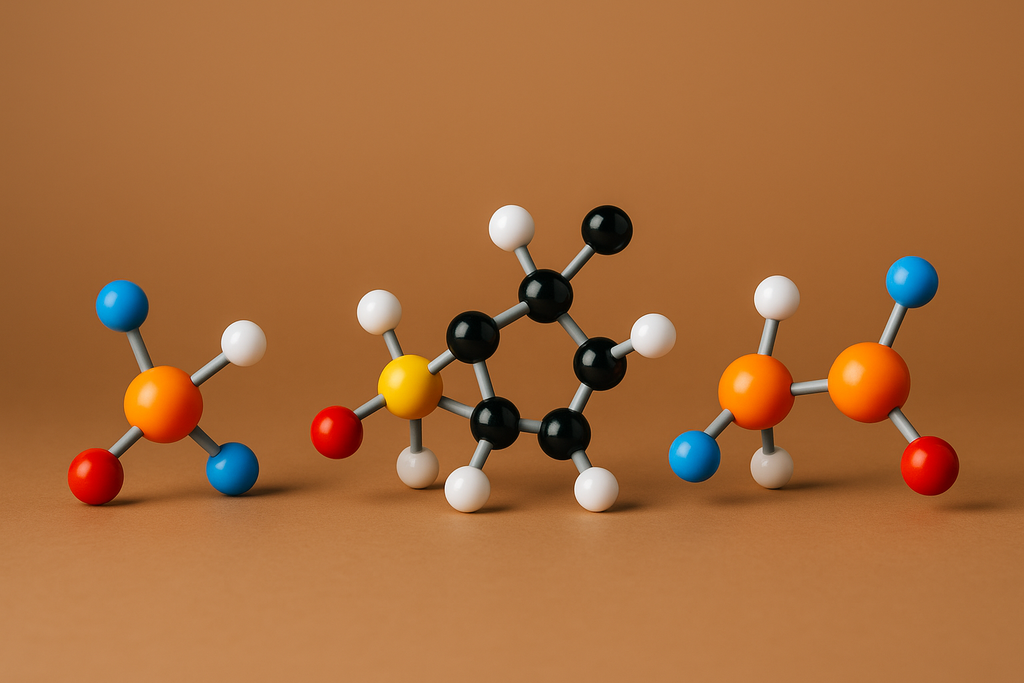News
Papaya Leaf Extract for Platelet Support – Natural Immunity Booster
antiviral herbs carica papaya dengue fever relief dengue natural remedy herbal platelet booster herbal remedy immune system support natural blood health natural immune booster natural supplements papain benefits papaya juice benefits papaya leaf capsules papaya leaf extract papaya leaf for dengue plant-based supplement platelet support supplement raise platelet count thrombocytopenia support traditional medicine
When your body needs an immune boost or platelet support, turning to nature might be more effective than you think. One of the most promising botanical remedies gaining attention in recent years is papaya leaf extract. Traditionally used in Ayurvedic and other Eastern medicine systems, this tropical leaf has recently found its place in modern wellness conversations, especially due to its potential to naturally raise platelet levels.
From supporting immune response to possibly improving recovery during viral illnesses, papaya leaf extract has become a go-to supplement for many health enthusiasts. Backed by emerging research and centuries of anecdotal use, it's not just hype—it's a testament to nature's ability to support the body in times of need. If you're curious about how this leafy green powerhouse works, you're in the right place. Let's explore what makes papaya leaf extract a standout supplement for platelet support.
The Nutritional Power of Sprouted Grains for Digestive Wellness
benefits of sprouted grains bloating relief digestive health enzyme-rich grains fiber-rich foods gluten sensitivity diet grain nutrition gut wellness microbiome support natural digestion aid nutrient absorption phytic acid reduction plant-based gut health prebiotic foods sprouted brown rice sprouted foods sprouted grains sprouted quinoa sprouted wheat whole grain benefits
In recent years, sprouted grains have stepped into the spotlight as a game-changing addition to a gut-friendly diet. Once a niche favorite of health food enthusiasts, these grains are now found in everything from bread and cereals to protein bars and supplements. What makes them stand out? It’s all about what happens during the sprouting process—a natural transformation that boosts nutrient availability and enhances digestibility.
As digestive wellness becomes a top priority for more people, sprouted grains are earning a reputation as the real MVPs of gut health. By unlocking enzymes, breaking down antinutrients, and making nutrients easier to absorb, sprouting turns ordinary whole grains into nutritional powerhouses. Whether you struggle with bloating, poor absorption, or simply want to eat more efficiently, sprouted grains might be the missing piece in your wellness puzzle.
Amino Acids for Sleep: The Science Behind Glycine, Tryptophan & GABA
amino acid supplement amino acids and circadian rhythm amino acids for sleep best time to take amino acids GABA glycine tryptophan sleep stack GABA sleep aid GABA supplement safety glycine sleep benefits glycine vs melatonin holistic sleep aid how tryptophan helps sleep natural sleep supplements non-habit forming sleep aids restful sleep naturally safe sleep supplement serotonin and sleep sleep neurotransmitters sleep without melatonin tryptophan for insomnia
Sleep isn’t just a nightly ritual—it's the foundation of recovery, mental clarity, and long-term health. Yet, for millions of people, quality rest feels just out of reach. While melatonin often gets the spotlight, a lesser-known group of natural compounds may be the missing link: amino acids. Specifically, glycine, tryptophan, and GABA have gained traction in sleep research for their unique effects on relaxation and neurotransmitter function.
These amino acids don’t simply knock you out—they work with your body's internal systems to promote deeper, more restorative sleep. Whether you’re dealing with trouble falling asleep, frequent wakeups, or poor sleep quality, understanding the science behind these amino acids can help you create a more effective, natural approach to sleep health. Let's explore how glycine, tryptophan, and GABA could help you finally get the rest your body craves.
Lion’s Mane Mushroom and Nerve Regeneration: What the Research Reveals
Alzheimer’s natural support brain plasticity cognitive health erinacines hericenones Lion’s Mane mushroom medicinal mushrooms memory support mushroom supplements mycelium vs fruiting body natural nootropics nerve regeneration nerve repair neurodegenerative disease neurogenesis neuropathy support neuroprotection neurotrophic factors NGF stimulation Parkinson’s mushroom research
In the world of medicinal mushrooms, Lion’s Mane (Hericium erinaceus) has carved out a reputation not just as a culinary delicacy but as a powerful brain and nerve tonic. Known for its cascading white spines that resemble a lion’s mane, this mushroom has been used in traditional Chinese and Japanese medicine for centuries to support cognitive health, digestion, and vitality.
Modern science has taken particular interest in Lion’s Mane because of its potential role in nerve regeneration. Compounds found in the mushroom, such as hericenones and erinacines, appear to stimulate nerve growth factor (NGF), a protein essential for the growth and repair of neurons. With neurodegenerative diseases and cognitive decline on the rise, the possibility that a natural food could support nerve repair is nothing short of captivating. In this article, we’ll dive into the research on Lion’s Mane and nerve regeneration, explore the evidence behind its claims, and separate scientific promise from speculation.
Are Grounding Mats a Real Health Hack or Just Pseudoscience?
circadian rhythm cost-benefit analysis earthing electron flow theory EMF skepticism evidence-based wellness expert opinions grounding mats health hack or pseudoscience inflammation reduction myths and misconceptions natural grounding outdoors placebo effect research limitations safety and certification sleep hygiene sleep quality small-scale studies stress and anxiety wellness gadgets
From biohackers to wellness influencers, grounding mats—also called earthing mats—are making waves as the next big health trend. These devices, designed to connect your body to the earth’s electrical field while you sit or sleep indoors, claim to reduce inflammation, improve sleep quality, ease anxiety, and even balance your circadian rhythm. The concept is simple: by restoring the body’s connection to the earth, grounding mats allegedly neutralize free radicals and recalibrate our biological systems.
But are these claims scientifically sound, or are grounding mats just another shiny gadget in the ever-expanding wellness market? While proponents point to studies on inflammation, stress, and sleep, skeptics argue the evidence is sparse, inconsistent, and sometimes funded by the very companies that sell these products. This article takes a critical look at grounding mats, unpacking the theory behind them, the current body of research, and whether they’re worth your time—or just pseudoscience dressed up as a health hack.





